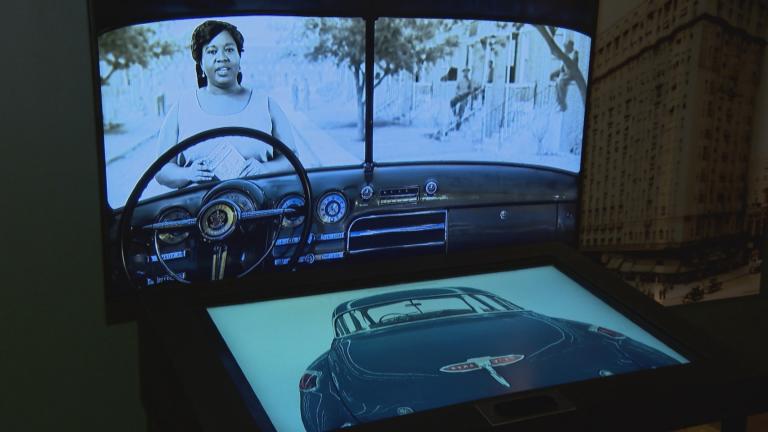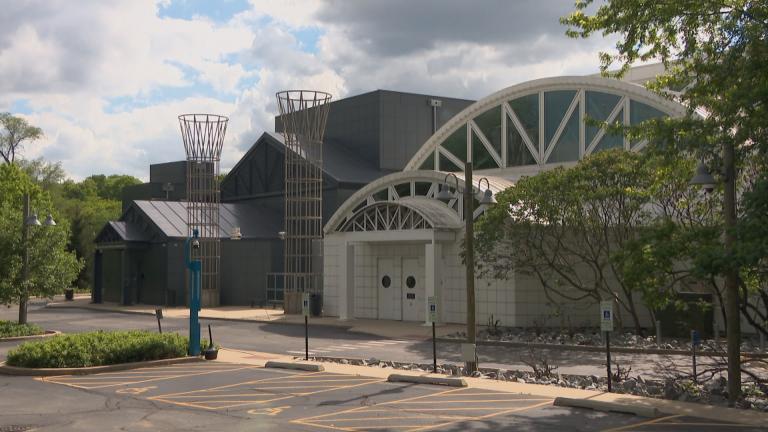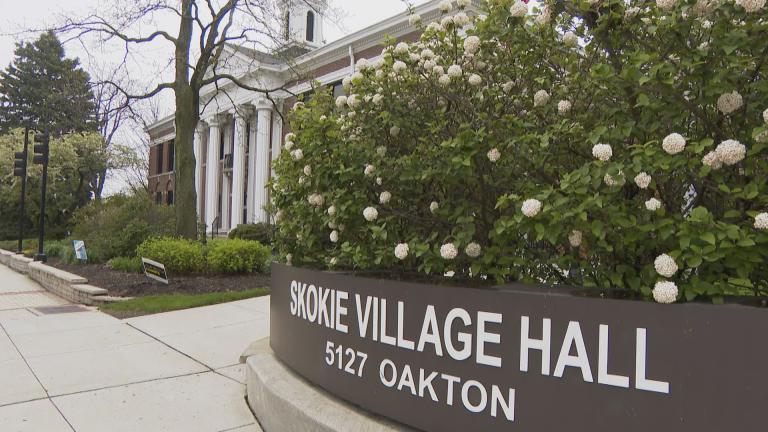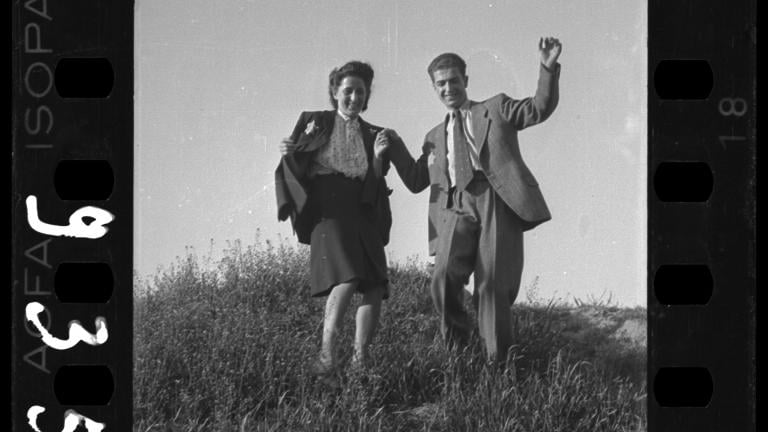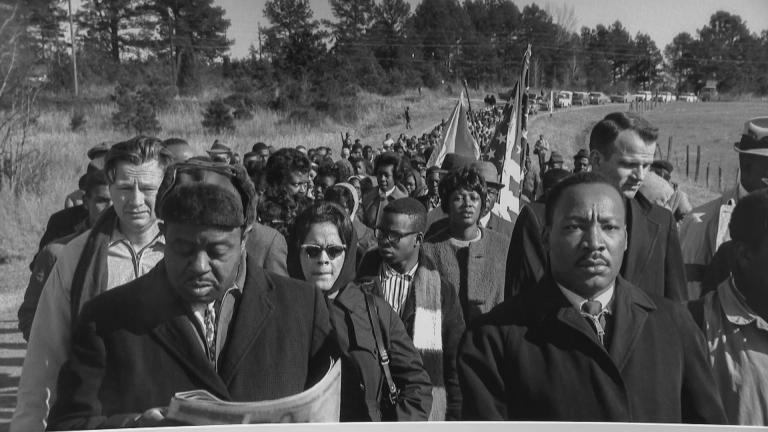Rare objects from a New Orleans historical group are now on display in Skokie. They are on loan to the Illinois Holocaust Museum, which just opened its first exhibition on slavery.
Chicago Tonight visited for an early look.
TRANSCRIPT
Brandis Friedman: America was booming in the early 1800s – but at great cost to humanity.
The United States Congress officially ended the transatlantic slave trade in 1808. But hereditary bondage endured, and the domestic slave trade thrived.
This chapter of US history is explored in a new exhibit called “Purchased Lives.”
Susan Abrams, CEO, Illinois Holocaust Museum: Our tagline for the museum is, “take history to heart, take a stand for humanity,” and this exhibit enables us to look at a really important, critical period of American history.
“Purchased Lives” examines the U.S. slave trade between 1808 and 1865, so after the abolition of the international slave trade, but while it was very much happening here in the US.
Enslaved people were moved around the country when tobacco demand fell and cotton production increased. Their forced migration led to a new term: “slave driver.”
Arielle Weininger, Illinois Holocaust Museum: Another term that was popular was “being sold down the river,” from the upper South to the lower South. People were forcibly moved on foot, on trains, by ship, down to the Deep South, and Louisiana became that hub because of the Mississippi, because of the waterways.
And Louisiana and New Orleans already had banking and trade that was happening in the city, so of course slave trade became centered there too.
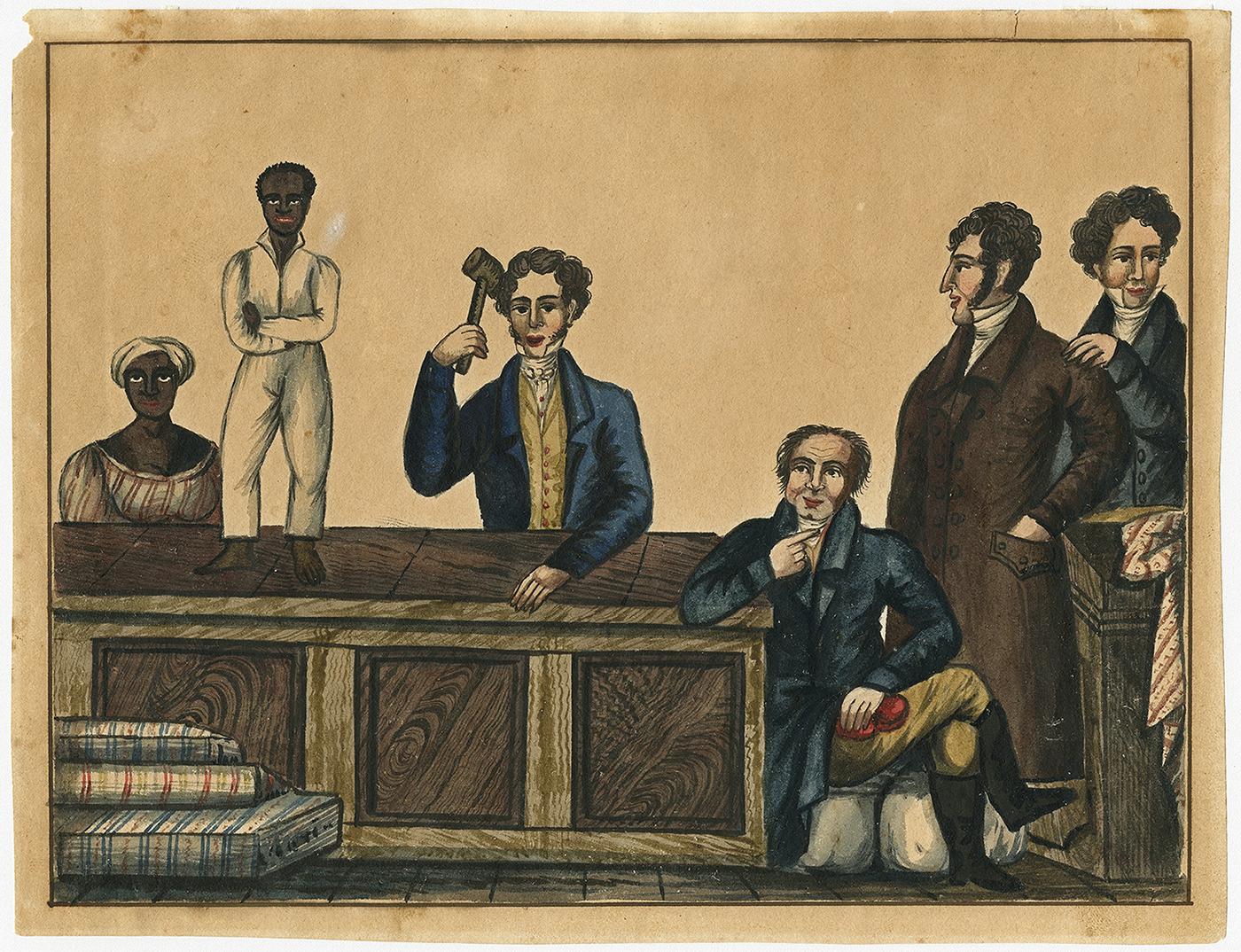 A watercolor depiction of a slave auction in 1831 (Courtesy The Historic New Orleans Collection)
A watercolor depiction of a slave auction in 1831 (Courtesy The Historic New Orleans Collection)
Friedman: Beyond bankers and merchants, insurance companies profited.
And hospitals, which helped restore a person’s health before they were sold.
And notaries.
Even … Brooks Brothers. This coat was marketed to be purchased for house servants.
Weininger: What is interesting about the Brooks Brothers coat is that the cotton was raised by slaves, by enslaved people, in the South. It was then sent north to places like Massachusetts. The finest cotton would’ve been sent to England and France to be prepared into clothing, but lower-level cotton was sent to the north of America, processed there into clothing, and then sent back to the Deep South.
Friedman: The exhibition is filled with small details that tell a larger story of devastation.
Weininger: There are manifests, ship manifests, that list human cargo that is being sent down to New Orleans. There are records of sale, there are textiles. One of the most important objects in the exhibit is a slave collar that was worn, that would be forcibly put on a slave who had run away, was recaptured, and this was punishment. It’s about six pounds, and there are two bells that are connected to it, so you’d hear if that enslaved person was trying to escape again.
Most commonly, people would attempt to run away and get freedom when they knew that there was an impending sale that would break apart a family, or their family had already been broken apart and they were trying to find out where their family members had gone.
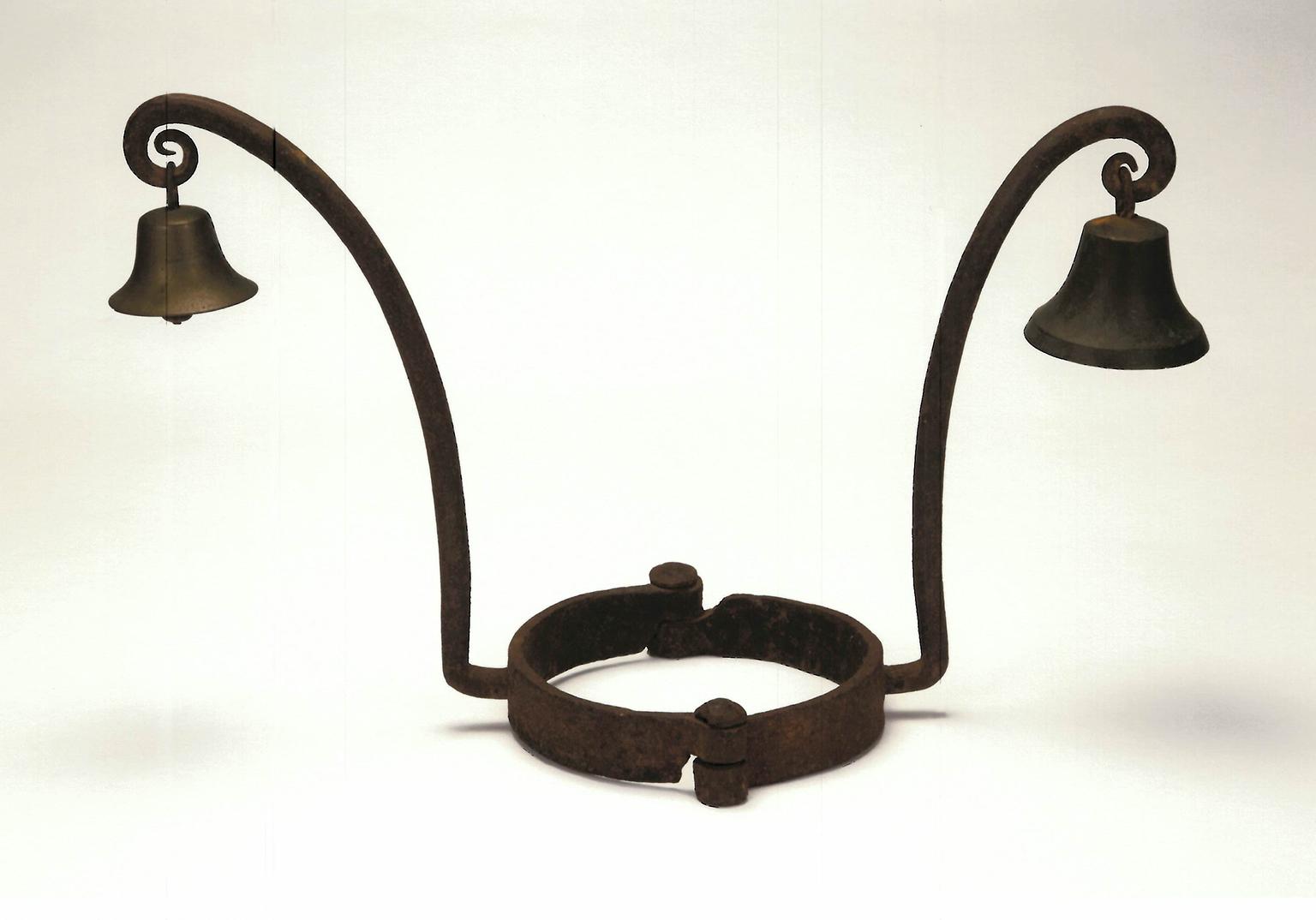 A slave collar with bells, made of iron and brass, from between 1800 and 1865 (Courtesy of the Holden Family Collection)
A slave collar with bells, made of iron and brass, from between 1800 and 1865 (Courtesy of the Holden Family Collection)
Friedman: The exhibition ends on a poignant note. After emancipation, African Americans across the country would take out ads in local papers to search for lost loved ones.
Abrams: They maintain hope and they are resilient and they seek to keep families together.
Friedman: “Purchased Lives” offers a glimpse into how many lives were uprooted by the American slave trade.
Weininger: There are about 2 million people included in the story that is being told in this exhibition.
“Purchased Lives” runs through Aug. 25 at the Illinois Holocaust Museum in Skokie.
Related stories:
MLK’s Death, 50 Years Later: Revisiting the Day a Giant Fell
Photographer Dawoud Bey Reimagines Journey on Underground Railroad
Rumors of Underground Railroad in Irving Park Prompt Archaeological Dig

